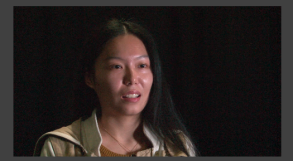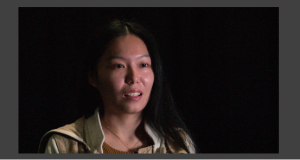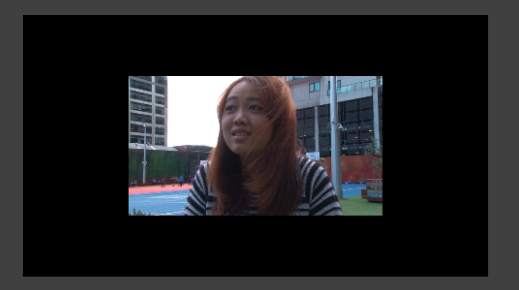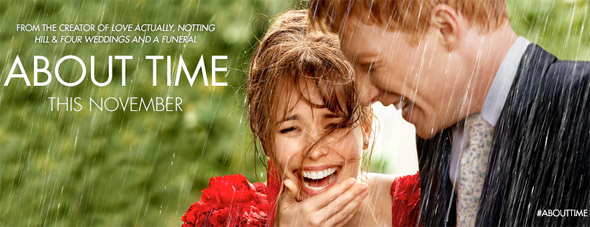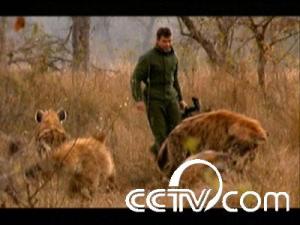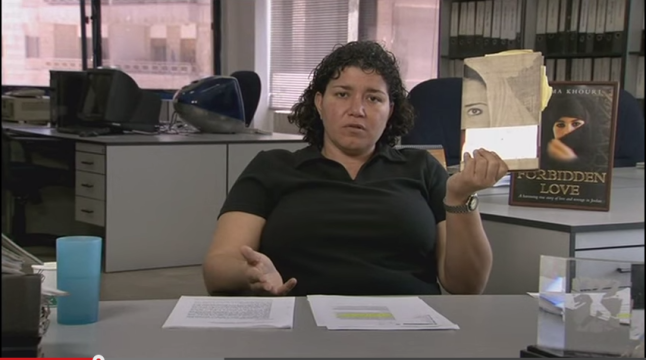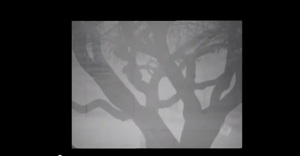Reflecting on the last editing in this semester. In this blog, I will express my emotion, expose the process of editing and the mistakes I made which results in a sense of dissatisfy. (Well, I don’t know whether the expression is correct or not, I just spit it out.)
Pre – Production
I believe that every practice which we had done in the tutorial gave us an opportunity to know more about our group members. Since the first time we were decided to be in a same group, we have been sticking together in the following tasks till now. We have already been familiar with our basic situations and skills by each group member, which allows us run a successful collaboration every time when we are facing difficulties. Every strategy that we decided to use, difficulties we overcame and conflicts that we had have become unforgettable and pleasure memories which help me making progress.
The last task we have prepared for couple of weeks. We had shot VOX BOX without a reasonable plan, and then problems have been found when we reviewed the records. We made a plan to address the problems that we found and try to avoid same mistakes in the next shooting.
- framing (subject in the middle and face to right, camera over eyeline, necessary to consider the rule of thirds, head room)
- unclear subject (did not focus on subject)
- subjects look around
- micro phone is in frame
- bad quality of sound
Production
Next shooting: we did indoor interview in the morning and VOX BOX in the afternoon.
Indoor interview: preparation and group light setting took us a very long time, especially the dido light. The color is too warm when we open the dido. The lights is hard to control due to the color temperature. We had made a shadow that cast on the black background but the color grading I used in the Post – Production has vanished the shadow. I was dissatisfied with the interview but I tried to redeem it. (I will explain more about the shadow and how I redeem the footage in Post- Production)
Outdoor Vox Box: One problem is the camera storage. That is intolerable because we just shot 6 or 7 footage. And when we gonna to shot the last interview, a symbol in the camera screen flickered continually. I checked the storage and found that there was 48 footage in the camera! The problem is we don’t know how to delete the footage cause we can’t find the delete button on the camera. So we use iphone to shoot the last interview.
Post – Production
Same as the practices I did before, I categorized, renamed and duplicated the clips. This time, I had come up with a theme and chosen a background music before I edited. The questions we asked each interviewees are too much, so I have to choose some of them. I started to arrange the clips when I got a plan in my mind. I did not proud of that I had pressed the I & O button hundred times at all because I made a mistake. I forgot the color grading before I cut the footage result in time consuming on repeating color grade. However, the effect is superb. As I mentioned before, the shadow we made was vanished. I have to consider the color tone instead of the dramatic shadow.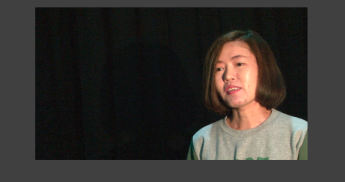
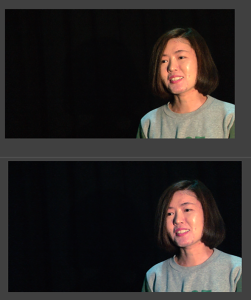
See the difference between the raw clip and after effected clip. We can see the shadow in the original clip. The reason why I changed the color tone is simply because the white noise is very clear. I added the Lumetri Looks (Compression 1) and the shadow was gone. I added Lumertri Looks (cold mix) in order to make it not too yellow.
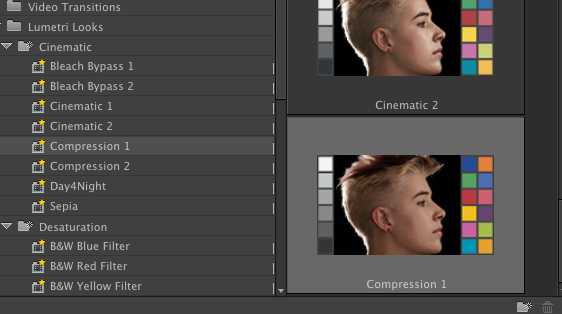
Lumetri Looks (Compression 1) have been added into all the footage that we had shot indoor. A very clear white noise can be seen in the original clips(on the left), and the right clips are much better. I didn’t added the cold mix because it would be too blue if I added. In production, we set the light constantly when we switch interviewees. We probably used the dido when Aliee was interviewed.
I did a great effort to resize footage. As you can see the image below that I captured from a footage. The rest of the frame is black background. It is not to hard to resize it, just click the clip’s effect, but I had cut all the clips before I resized it!
I think hardest part is audio editing. I have to follow the rhythm of the background music. I pinned a lot of keyframe by using a pencil tool, and lowered it.
I would like to point out the parts I dislike that I find after exported it. I dragged the footage directly instead of transitions and left some space in the middle. The duration of the black spaces are quite different. The first black space is much longer than second one. The question board is a little bit short. The intended gap I added is too short that can’t deliver a sense of humor. I don’t like some footage I inserted in very much. I think I will go to the studio again and reedit it.


